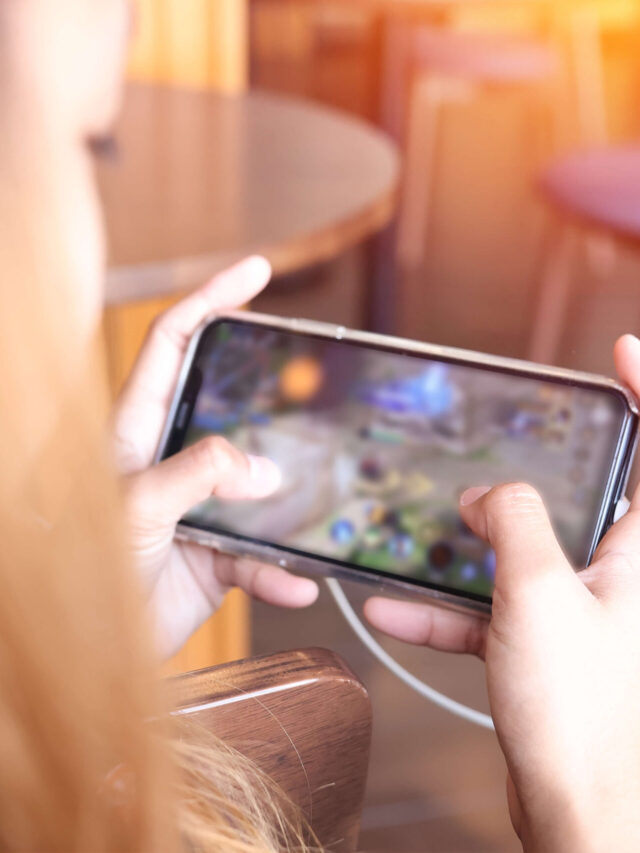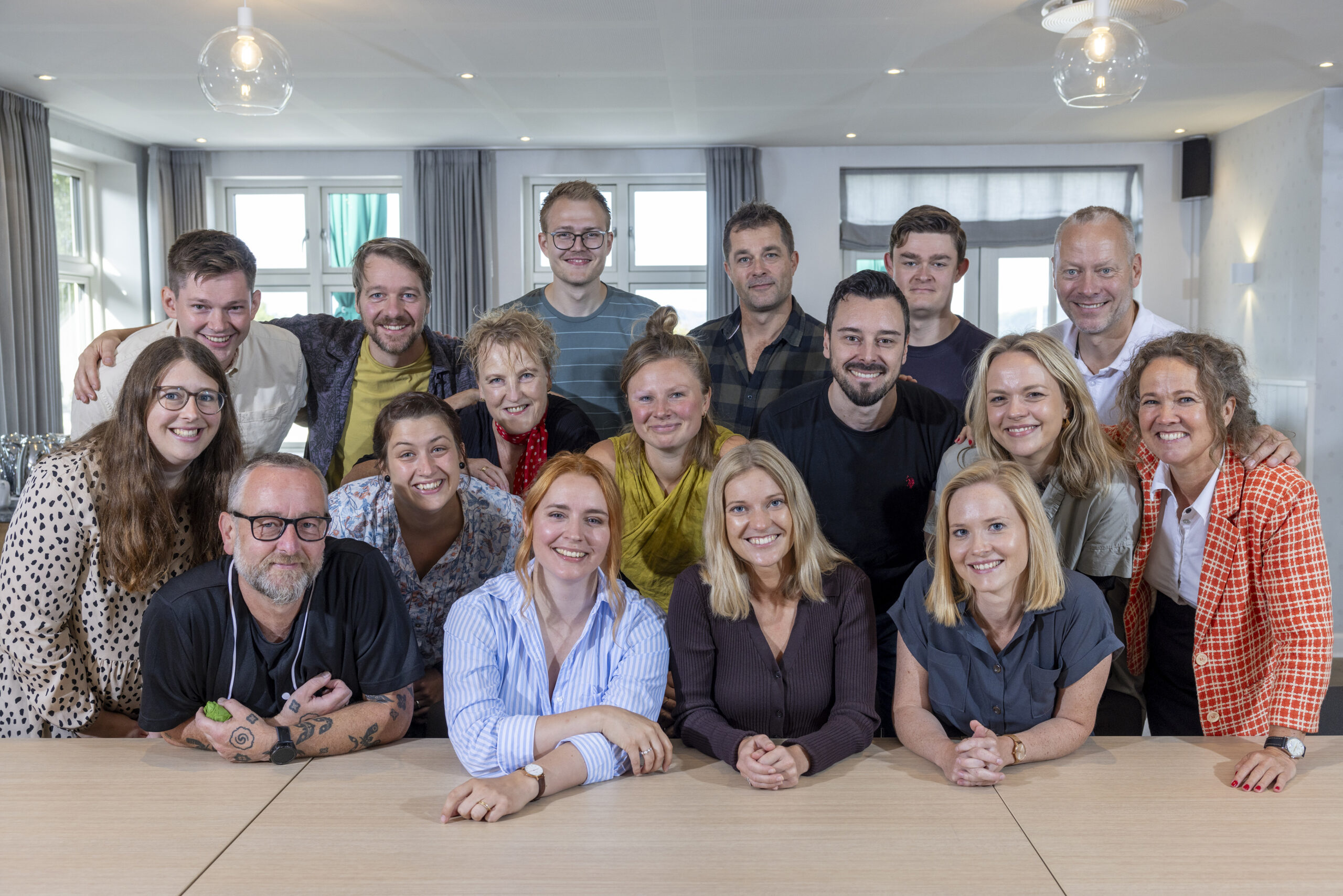Actively battling fake news
Digital pollution of information and source criticism
The concept of fake news greatly surfaced during the American election in 2016, seeing the spread of concocted stories on social media. Through exposure, and sharing in particular, fake news could quickly reach a great number of people. At home, fake news has also had a strong presence, and DR (Danish Broadcast Corporation), the University of Copenhagen, and research company, Wilke, have focussed on this topic. The latter has recently conducted a survey which showed that 24.4 % of the Danish population has less confidence in Danish media, following a focus on the issue of fake news. Especially young people’s confidence in Danish media has suffered (28 % of 18-29-year-old’s). At CfDP, we are also familiar with the concept, and we meet a number of professionals at our talks who worry about young people’s uncritical approach to sources.
”Teachers and child/youth workers are worried on behalf of their students because information is increasingly gathered from small bubbles on Facebook, and also, there’s speculation in misleading information. This is another aspect, one of many, belonging under the umbrella of digital education,”
says Jonas Ravn, speaker and project manager, CfDP.
How do you spot fake news?
Danish journalist, Erkan Özden, offers his take on ways to spot fake news in his e-book “Fake news.” He is hosting DR’s school project “In the Service of Truth” where he teaches young people about source criticism, credibility and fake news. Also, he conducts talks and workshops about this issue at schools and other institutions of education across the country. With his book, Erkan touches on the issue of how people should ask themselves critical questions before sharing news on Facebook, Snapchat, or other social media. Who is the sender, and do you know the media in question? Does the news look strange, characterised by spelling- and articulative errors or visibly manipulated images? And does it sound a little bit too crazy to be true?
Erkan’s e-book is a well-done and informative piece of material which provides a fine introduction to the phenomena of fake news, and which, by the way, you can download for free.
Fake news on “challenge games” challenges counsellings
Pedagogical consultant Niels-Christian Bilenberg, CfDP, explains that a lot of European online counsellings have dealt with the issue of fake news up close during these past months, especially fake news surrounding the so-called challenge games. Challenge games entail that young people supposedly challenge each other in a sort of “game” where they harm themselves. This fictive phenomena started out as fake news, however, people have taken this as face value and through publicity on social media, the phenomena has become real. It is, however, important to note that the proliferation of the phenomena is estimated to be strongly overrated. These fake news have created significant challenges for the various counsellings across Europe, accommodating a pressure from professionals as well as parents.
Meeting with Facebook regarding fake news and challenge games
There has been a pronounced wish for guidelines of how to deal with fake news. Among others, the Insafe-network has participated in an online meeting with Facebook, discussing challenge games along with how Facebook experiences this problem. “We experienced the largest number of participants so far! This indicates the volume of the problem,” says Niels-Christian Bilenberg. Therefore, he looks forward to creating a united strategy for the fight against the spreading of fake news, particular those related to challenge games.
“I greatly look forward to sharing experiences and knowledge with other helplines that are part of the Insafe-network, so that we may be better equipped to dismantle news on trends that don’t exist at all before they gain momentum in the media, and risk becoming a reality,”
Niels-Christian Bilenberg closes.
Recently, Facebook has launched a system against fake news where you can easily report a post that you suspect to be fake. This post will then be checked by independent collaborators and consequently, be labelled as “approved” or “under suspicion.”
Read more about Insafe: https://cfdp.dk/danish-helpline-part-of-insafe/
What is Insafe?
- Insafe is a collaboration between 26 European countries.
- Insafe is coordinated by The European Schoolnet and is co-financed by the European Union via ‘Safer Internet Programme.’
- Insafe is dedicated to create awareness of internet-safety, and aims to raise awareness with particularly children and young people on how to use the internet positively, safely and effectively.
- The mission of the network is to empower children and young people throughout Europe to manage themselves online.
Cyberhus is official Danish Helpline
In 2009, Cyberhus was appointed official ‘Helpline’ under the EU-based ‘Safer Internet Plus Programme.’ The appointment establishes Cyberhus as the official Danish participant in this area, and therefore, committing themselves to be available for Danish children, young people, and parents who should inquire about safe internet-use. Under the EU-programme in Denmark, Cyberhus collaborates with The Media Council for Children and Young people which serves as an awareness centre in this field, as well as Save the Children Denmark serving as official ‘Hotline.’ Cyberhus is part of Insafe’s steering committee and participates in planning and developing the professional content at annual conferences.]]>



Hvis du vil sætte et par ord på din tilbagemelding, vil det hjælpe os rigtig meget, til at kunne forbedre vores indhold.